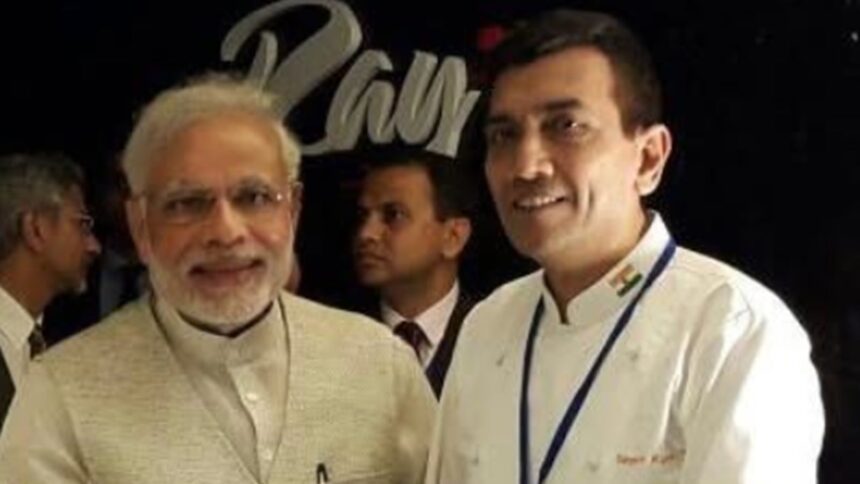Celebrity recently shared a memorable experience of cooking for Prime Minister Narendra Modi during a visit to Abu Dhabi.
Speaking about the encounter during an interview with , Kapoor described how he carefully curated a breakfast menu that reflected both his culinary style and local Emirati traditions, ensuring everything was purely vegetarian. “ (We were in Abu Dhabi, so I gave him my food for breakfast… but I also served local Emirati dishes, all vegetarian),” Kapoor said. “ (He tried everything. They say that if you want to understand the culture of a place, food is the best way to do it).”
Kapoor also gave insights into Prime Minister Modi’s eating habits, highlighting his simplicity and deep respect for food. Recalling a specific moment, he said in Hindi, “I remember serving him ful medames (a Middle Eastern dish made from fava beans). I told him, ‘Sir, here they add some chopped onions, tomatoes…’ and he laughed and said, ‘’ (‘This is just like our bhaji pav’).” Adding more about Modi’s preferences, Kapoor said, “His food is simple and purely vegetarian. He eats khichdi, parathas, theplas — everything.”
Alok Singh, expert on food history and science at Diga Organics, tells , “Food has long been one of the most intimate and effective entry points into a region’s culture. Historically, traders, explorers, diplomats, and even emperors have used food as a means to connect with unfamiliar communities. Meals reveal much more than just ingredients; they reflect climate, agricultural patterns, religious beliefs, social customs, and even historical trade routes.”
Chef Sanjeev Kapoor discussed adapting local Emirati dishes into vegetarian formats for Prime Minister Modi. Singh explains that adapting recipes for guests’ dietary needs is not a modern phenomenon; it’s an age-old practice rooted in the principles of hospitality. “Across cultures, hosts have traditionally modified or innovated dishes to show respect to their guests’ beliefs, whether due to religion, health, or personal preference.”
For instance, Singh notes, Mughal emperors were known to commission when hosting Jain or Vaishnavite guests. In the Middle East, Christian monks travelling through Islamic regions would often be served meat-free versions of traditional dishes. In fact, the spread of Indian vegetarianism along trade routes led to the invention of entirely new plant-based variations of Persian, Arab, and Southeast Asian dishes.
When Prime Minister Modi compared Abu Dhabi’s ful medames to India’s bhaji pav, it highlighted how different cultures have . “It’s incredibly common and fascinating to find similar comfort foods across vastly different geographies. Many cultures, despite having no historical contact with one another, have arrived at strikingly similar dishes using locally available ingredients,” observes Singh.
From Italy’s minestrone to Mexico’s frijoles, and from Egypt’s ful to India’s chana or rajma, we see echoes of a shared human instinct, to find comfort in warmth, simplicity, and flavour. These parallels are not mere coincidences; they reflect our shared histories of migration, trade, and adaptation.








